Hairfall In Men - Causes & Treatment options
What Are the Different Causes and Treatments Options for Hair Fall in Men?
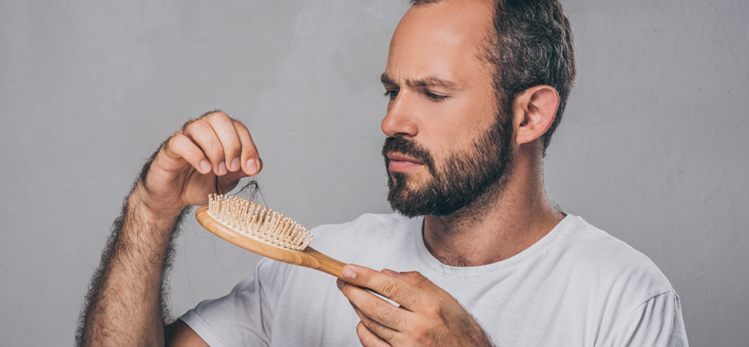
Hair loss, while part and parcel of life, is often something that no one wants to experience. Yet it is more common than you think. About 16% of men between 18-29 years of age suffer from hair loss and this only increases to 53% in the 40-49 age group. Not only can it affect a person overall aesthetic, and by extension, his confidence, but it can also point towards an underlying condition that may not have yet been diagnosed. As such, we recommend going through the causes and treatment options mentioned within this article so that you are better equipped to deal with the condition should it arise.
What Are The Causes of Hairfall in Men?

Regardless of ones gender, hair loss can occur due to a variety of reasons. They are as follows:
1. Age
This is one of the most common causes of hair loss in men. . As one gets older, their hair lifecycle grows shorter. The thicker strands of hair tend to fall more often and are typically replaced by shorter, finer strands. This is primarily due to the weakness of the follicles. The process can eventually cause the individuals hairline to recede and can even result in balding
2. Hereditary Hair Loss
Also known as androgenetic alopecia , hereditary hair loss is quite common amongst individuals all over the world. In this situation, the lifecycle of one strands shortens in response to the persons genes which are passed down from generation to generation. This results in the creation of thin, short hair and extreme hair fall. In most cases, people with male pattern baldness start experiencing hair loss during their teens . During this period, hair fall is typically accompanied by a receding hairline or a bald spot.
3. Alopecia Areata
Alopecia areata is a condition that occurs when the body's immune system attacks its hair follicles. This causes the hair root to weaken and eventually results in hair loss. People who experience this issue often report losing the hair present on their face, body, and scalp. This also includes the nose and ear hair.
4. Cancer Treatment
Individuals undergoing chemotherapy often experience hair loss. The medication administered during cancer treatment works by destroying any quickly growing cells present in one's body. This includes the person's hair. Having said that, do note that this side effect isn't a permanent one, and the individual's hair will grow back once they successfully complete the treatment.
What Are The Treatment Options for Hair Loss in Men
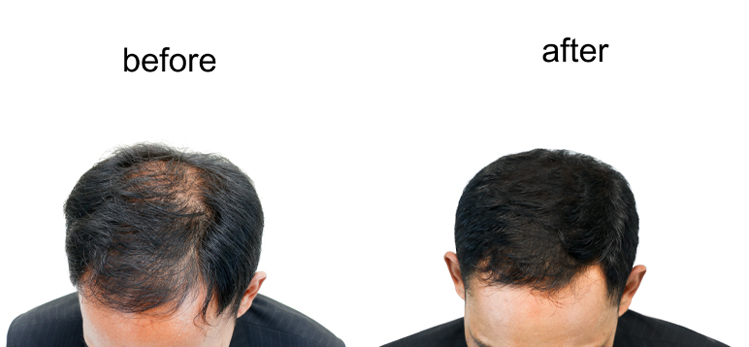
Depending on the cause and severity of ones hair loss, there are three major treatment options that one could possibly undergo.
1. Minoxidil
A prescription topical treatment, Minoxidil is one of the most common hair fall treatments out there for androgenetic alopecia. Unlike other treatments, this product can be used to do both - enhance ones hair growth and reduce their rate of hair fall. Side effects of the same include scalp irritation and unwanted hair growth on the hands and face, and hence should be used only under the supervision of a dermatologist.
2. Finasteride
This is an oral prescription drug that can be ingested daily. It primarily works by slowing the rate of one's hair loss, and in some cases, this pill can also cause hair growth. Unlike other treatment forms, these pills do not show effect quickly and require at least 2-3 months to showcase any results.. This treatment option should be started after consulting with a dermatologist only and should not be self-prescribed because of reported side effects.
3. Hair Transplant Surgery
Also known as restoration surgery, this treatment is typically prescribed to those individuals with large bald spots at the top of their head and hair at the base of their skull. The process involves removing hair follicles from areas with strong growth and placing them in ones bald spot. In certain cases, if the individual has an extremely large bald spot, large strips of skin containing multiple follicles are removed from the back of the head and placed in the affected area. More often than not, one will require multiple sessions to garner the desired results.
While the surgery is quite intensive, it generally does not require hospitalization.
The risks that accompany this treatment are as follows:
The affected area may bleed and/ or bruise.
You may experience some swelling at the surgery site
The affected area may get infected
4. Laser Therapy
This is one of the least common treatment methods out there. Currently, the Food and Drug Administration (FDA) has approved the use of low-level laser devices to treat male pattern baldness and improve the overall density of ones hair. That being said, more studies are required to understand the long-term effects of this treatment.
As mentioned before, hair loss doesn't only occur with age and can be caused by various reasons. Hence, if you experience hair fall at any given time, we highly recommend visiting a dermatologist at the earliest to know more about the cause and accurate management plan. Maintaining a healthy and stress-free lifestyle and nutritious meals are also very important for optimal hair care
Myth Busters HairFall
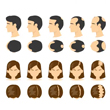
Androgenetic Alopecia - Everything You Need To Know
Have you been experiencing excessive hair fall over a prolonged period of time? It could be an early sign of androgenetic alopecia. It is a hair loss disorder common in both genders and can lead to progressive thinning and even baldness in some patients if not caught and treated early.

How To Make Hair Grow Faster For Men
A head full of healthy hair is a matter of confidence. Hair has its own mechanism of growing and shedding, and it is when this mechanism is thrown off that growth is hindered. Especially in the case of males, hair growth faces a lot of hiccups that can easily be managed.
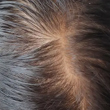
Female Pattern Baldness - Causes & Treatments
Have you suddenly noticed an increase in the number of hair strands on your pillow in the morning? Or is your ponytail getting thinner by day? Well, you might be suffering from female pattern baldness. While that does sound scary, identifying it early on is key to treating this condition effectively. So keep reading to know what this is, how you can identify it, and most importantly, what treatments you can avail of to get your beautiful lustrous hair back.
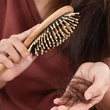
What Are The Reasons For Hairfall?
Almost everyone experiences some amount of hair thinning over the years. Shedding around 50 to 100 single strands of hair per day is considered normal. However, losing more than 150 strands a day, experiencing sudden thinning, or developing circular bald patches on your scalp are reasons for concern. Hair loss occurs when new hair doesn’t grow fast enough to replace the amount of hair you lose daily. Hair can fall due to various reasons, with hereditary hair loss and poor nutrition being the most common hair fall reasons.

Expert Approved Tips For Hair Growth
What can be more debilitating than seeing hundreds of hair strands shedding from your scalp every time you brush your hair? Also, excessive molting occurs during seasonal changes that can be very stressful for you. Although it’s okay to lose between 50-100 strands every day, according to the American Academy of Dermatology, the problem occurs when you start shedding more than normal. But that doesn’t mean you have to feel helpless as there are ways to grow your hair back. Even if you are coping with baldness or alopecia, certain hair growth tips from dermatologists can come to your rescue. Read on to discover how these tips can be your savior when abnormal hair fall problems are in sight.
Trending Videos
+ 3 Sources
LMRC - GGI-CO-A2-DMA-300026127-300026127-WM-J21-282
© 2021 Dr. Reddy’s Laboratories Ltd. All rights reserved.